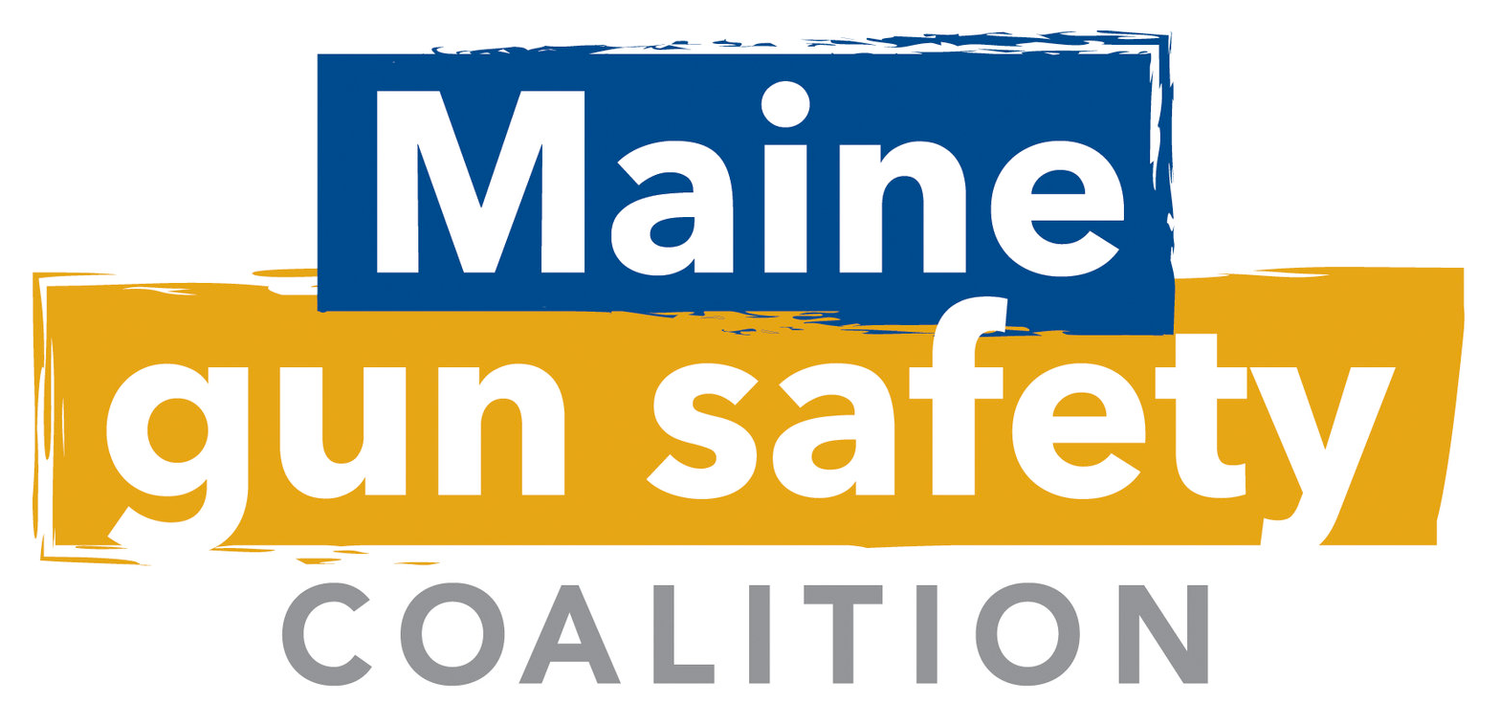Firearm Safety Practices
Advice for Keeping Kids Safe
Every 3 hours an American mother is told her child has died from gun violence.
Gun violence is complicated, but keeping guns secured and out of the hands of kids is not. Guns can be stored more safely by keeping them unloaded and locked up, using a gun safe/gun lock, and keeping bullets in a separate locked location.
Maine Gun Safety Coalition Foundation has distributed over 25,000 free trigger locks throughout Maine, and now distributes cable locks, a more effective tool. Storing guns responsibly means fewer guns being carried into our schools, fewer tween and teen firearms suicides, and fewer unintentional child shootings.
Before sending your child over to play, ASK: “Is there an unlocked gun in your house?”
A frank conversation now may prevent the worst conversation any parent could imagine. If there's an unlocked gun, they can get a free gun lock from MGSC at a local law enforcement office.
Advice for parents
More than half of homes in Maine have guns, which means that most children are living with, or entering homes with guns. That’s why we created a free gun lock program and recommend the following tips to keep children safe.
Never keep loaded guns in your home.
Always store your gun with a trigger lock and in a locked cabinet.
Lock and store bullets in a separate location from guns.
Keep guns out of sight and reach of children.
Make sure cabinet/gun lock keys are inaccessible to children.
Ask if there are unlocked guns in play-date homes before your children go to play.
Educate your children to treat all firearms as loaded and dangerous.
Tell kids that when they see a gun, they should STOP, don’t touch, leave the area quickly and calmly, and tell an adult right away.
If your child or anyone in your home is known to be suicidal, remove all guns from your home.
Know the risk
According to an analysis of federal data and public health research into the relationship between unsecured guns and unintentional shootings:
70% of children under the age of 10 knew where their parents stored their guns
36% of these children reported handing the weapons
39% of parents thought their child was not aware of where the guns were hidden
1 In 5 parents who thought their child hadn’t handled a gun were wrong
Get Trained
Learn how to handle and store guns safely to protect yourself and your family. Start by taking one of the many firearm safety training courses available throughout Maine. The Maine Department of Inland Fisheries and Wildlife offers firearms hunter safety courses.
Ask the following when evaluating a training course:
Has the instructor been employed in professions that utilize firearms?
How much training has the instructor received in teaching firearm safety?
Is the instructor certified to offer firearm safety training?
Does this individual or facility have liability insurance that will cover you in the event of an accident?
Is the instructor trained in first aid and is a trauma kit available?
Will you receive live fire training?
Will there be at least 1 instructor for every 5 students?
Will the course emphasize safety and train you for practical scenarios?
Will the instructor explain federal and state laws?
Will you be taught proper maintenance of firearms?
Ask yourself if the instructor is someone you believe:
Is friendly and open-minded
Listens to and cares about those s/he trains
Lives by what s/he teaches
Has effective teaching skills
ALWAYS practice these four safety rules:
ALWAYS treat every firearm as though it is loaded. Accidental discharges can be avoided by following this precaution.
ALWAYS keep the gun pointed in a safe direction. This is the primary rule of gun safety. A safe direction means that the gun is pointed so that even if it were to go off it would not cause injury or damage. The key to this rule is to control where the muzzle or front end of the barrel is pointed at all times. Common sense dictates the safest direction, depending on different circumstances.
ALWAYS keep your finger off the trigger until ready to shoot. When holding a gun, rest your finger on the trigger guard or along the side of the gun. Until you are actually ready to fire, do not touch the trigger.
ALWAYS keep the gun unloaded until ready to use. To insure only those you wish to have access get access to your gun be sure to lock your gun with a trigger lock or in a safe and store your ammunition separately.

